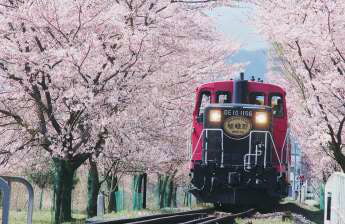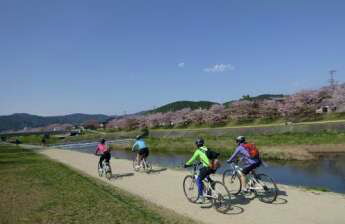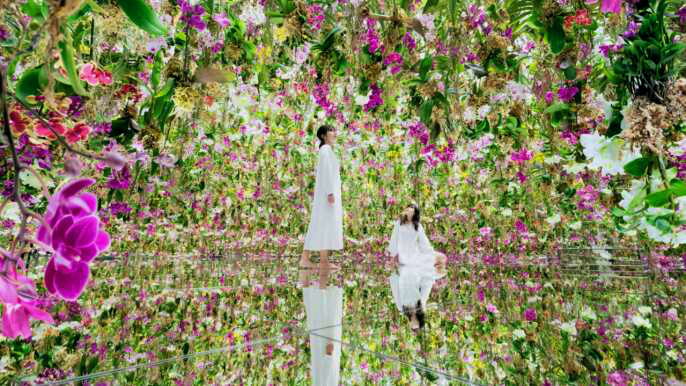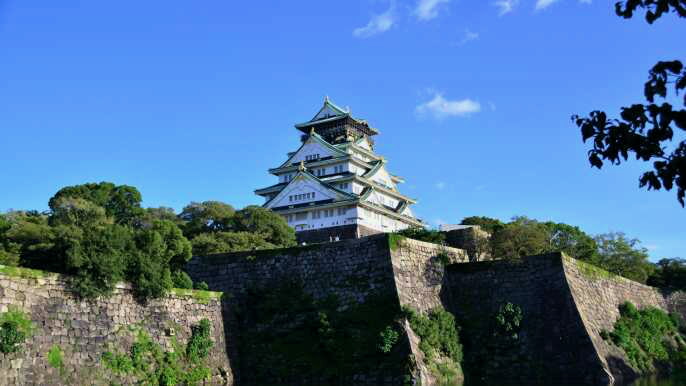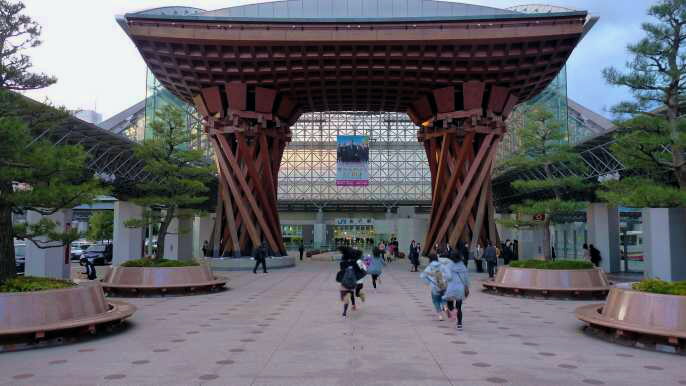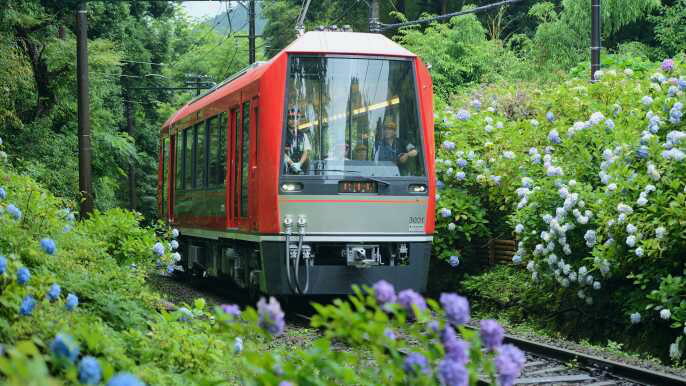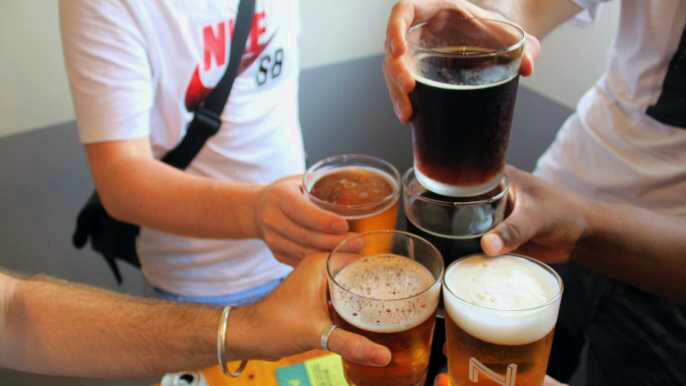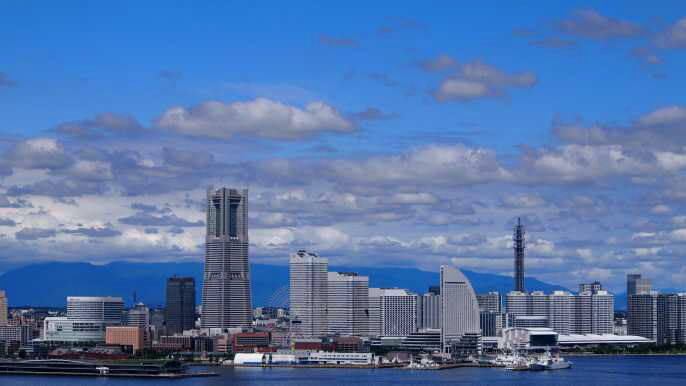Whether you're visiting Kyoto for the first time or you've been there a few times before, you'll want to make sure to visit these five best places to visit in Kyoto. The city is home to some of Japan's most stunning and historic sites, including classical Buddhist temples, imperial palaces, and traditional wooden houses.
Arashiyama
Known as a tucked-away area in Kyoto, Arashiyama is a great destination for sightseeing. This charming town offers a variety of historical sites, including ancient Buddhist temples, boutique shops, and good restaurants.
The mountain of Arashiyama forms a backdrop to the city. The area is popular for its bamboo forest, which is free to enter. It is a good place to take a break and relax.
Another good place to visit in Arashiyama is the Nison-in Temple. This temple is a part of the Tendai religion and features ornate architecture. The temple is best visited during the fall foliage season, when it is ablaze with colorful flowers and trees.
The Sagano Bamboo Forest is a 16-square-kilometer forest that is famous in Japan for its stunning array of greens. It is a popular tourist destination for nature lovers and for those who simply want to relax and enjoy the serenity of the forest.
The Arashiyama area is accessible by train. The JR Sanin-hono line leaves from Kyoto Station and travels directly to JR Saga-Arashiyama station. The cost of a one-way ticket is Y240 for adults.
A short walk from the train station is the Togetsukyo Bridge, a 155-meter long bridge built over the Katsura River. The bridge is made of reinforced concrete and is featured in many Japanese travel guidebooks. The bridge is a favorite among tourists.
Other attractions include the Nonomiya Shrine, which is a small Shinto shrine located next to the bamboo forest. The shrine has a lengthy history and is said to provide marriage blessings. The main altar of the shrine is surrounded by sub-shrines in a moss filled garden.
Gion
Located in Kyoto, Japan, Gion is one of the most well known tourist attractions in the city. Known as the Geisha District, Gion is also home to many temples and shrines. It is also a great place to visit during the day.
Aside from the geishas, Gion is also a great place to enjoy traditional Japanese entertainment. There are a lot of teahouses and restaurants in the area. They are great places to relax after visiting the temples.
The area is full of traditional wooden townhouses that have been in the same family for generations. Visitors can see the maiko and geisha sauntering around the back streets.
The Gion district was established during the Edo period (1603-1867). It became a center for traditional arts and entertainment. There are several shrines and temples in the area, including Kiyomizu-dera. This temple is considered a UNESCO World Heritage Site.
The Gion district is also home to several high-end and traditional Japanese restaurants. It is a great place to eat and to spend the night. There are also many traditional Japanese teahouses. The atmosphere in this part of Kyoto is truly authentic.
The Gion district is filled with beautiful streets, upscale restaurants, and traditional craft shops. During the cherry blossom season, the streets are especially beautiful. It is a very popular spot for tourists to relax and browse the shops.
The Gion area is a short walk from Kyoto station. It is also close to Yasaka Shrine and Kiyomizu-dera.
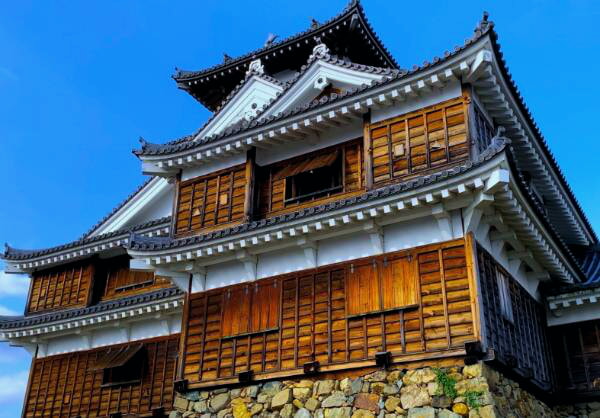
Yasaka Pagoda
Located in the Higashiyama district, Yasaka Pagoda is one of the most popular landmarks in Kyoto. It is the last remaining structure of a 6th-century temple complex, and is also known as Tower of Yasaka. It is also designated an important cultural property. It is surrounded by smaller residential buildings.
The main building has a beautiful screen painting of two dragons. The third floor is a Chinese-style Zen hall. The ceiling is stunning. There is a separate building with a traditional teahouse. The entry fee is 4 EUR.
The temple is open from 9 am to 5 pm. It also has a rock garden, a bamboo grove, and a pond. If you want to see the temple at night, you can visit during special illuminations. The temple is accessible by bus.
The entrance gate is quite impressive. It features a red three-storey pagoda. It is part of an interesting set of large gates. The pagoda is 46 metres high. There are many areas to view it from, and the main building is free to visit.
After visiting the pagoda, you can continue your walking tour. The walking trail is about 5 kilometers long, and is free to explore. The walk starts in Kibune, a small town in the mountains. The path is steep most of the way.
The walk passes through several shrines and temples, including Kifune Shrine and Kurama-dera temple. The mountain section is longer than the other sections because the path is very steep.
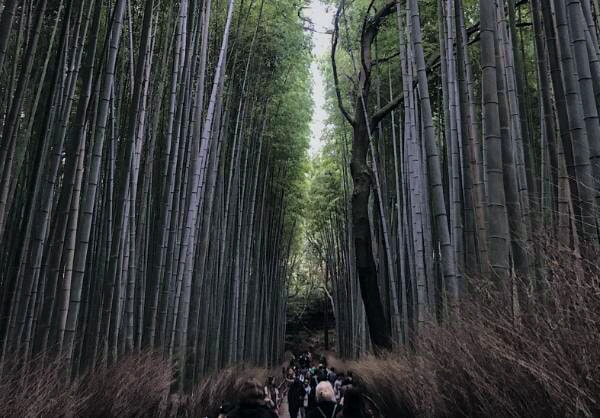
Tofukuji Temple
Located in Kyoto, Japan, Tofukuji Temple is one of the oldest and most beautiful temples in the country. It was originally built in 1236, and is associated with the Fujiwara clan. Today, the temple is considered to be a major tourist attraction. The temple is also famous for its rock gardens. In addition, Tofukuji is also one of the best places to visit in Kyoto during the fall.
The temple is divided into four different areas. Besides the main temple building, visitors can check out Kaisando Hall, Hojo (Abbot's Quarter), and Tsutenkyo Bridge.
The Kaisando Hall is a mausoleum for the first head priest, and contains a statue of Enni Ben'en. The entrance to the temple costs 300 yen for elementary school and junior high school students.
The Hojo, or Abbot's Quarter, was originally the temple's receiving and monks' quarters. It was rebuilt in 1881 after a devastating fire. Among the many buildings inside the Hojo are the main hall, which is known as Shirasu Yashiki. It was donated by a prominent businessman in the Meiji and Taisho eras.
Tofukuji's Hojo is one of the most beautiful pieces of architecture in Kyoto. It features a traditional garden with raked sand checkerboard designs. The hall is also decorated with Zen rock features.
Tofuku-ji Hojo has four different gardens. The east garden is designed to represent the Big Dipper. The southern garden features carefully raked patterns in sand.
Otowa Waterfall
Located at the foot of Mount Otowa, the Otowa Waterfall is one of the most famous waterfalls in Japan. It is renowned for its beauty and spiritual powers. It is considered to bring good luck, academic success and longevity. It is also believed to bring love and happiness.
The Otowa Waterfall is divided into three streams. Each stream has its own benefits. Visitors are advised to choose a stream and drink from the waterfall with a cup attached to a long pole. It is also recommended that visitors make a wish before drinking.
Kiyomizu Temple is a popular attraction in Kyoto. The temple's main hall is constructed with a stage made of wood that rises 13 meters above the surrounding hill. This platform allows visitors to enjoy the fall foliage and cherry blossoms in the spring.
Kiyomizu-Dera is a beautiful Buddhist temple complex in Kyoto. It is home to the Jishu Shrine, which is dedicated to the deity of love. It is also known for its spectacular views. It is a UNESCO World Heritage Site.
Visitors are able to view the Otowa Waterfall from a wooden stage built above the main hall. This is a unique feature of the temple. The wooden platform offers amazing views of the downtown area and the treetops.
Another highlight of the temple is the wooden porch. It is the most spectacular part of the temple. It is a perfect photo op.
Shogun's Palace
Known as the "Shogun's Palace," Kyoto's Imperial Villa is a magnificent building that consists of five separate buildings linked by corridors. The interiors are decorated with paintings by Kano Tanyu, and the private apartments have stunning paintings of mountains and landscapes.
The Shogun's Palace is one of the most iconic attractions in Kyoto. It was originally a retirement residence for the Shogun Ashikaga Yoshimitsu in the 14th century. After the Shogun's death, the emperor abolished the Shogunate and chosen Nijo Castle as the new governing centre.
Nijo Castle is surrounded by greenery and cherry trees. It has a moat and numerous gates. The complex is a designated UNESCO World Heritage Site. There are plenty of walking paths and the ginko trees are in bloom in the spring.
Among the best temples in Kyoto is the Silver Pavilion (Ginkaku-ji). This Zen Buddhist temple was built by the Ashikaga clan in the 14th century. The top two levels of the temple are covered with brilliant gold leaves. It is best to visit the temple early in the morning.
Another temple in Kyoto to see is the Ninomaru Palace. This palace is the largest and most important building in the site. The interiors are decorated with paintings by artists Kano Tanyu and Isamu Noguchi. The Imperial Household Agency has limited spots available for tours each day.
Aside from the Kyoto Imperial Palace, there are many other temples in Kyoto to see. These temples offer unique experiences for travelers.


